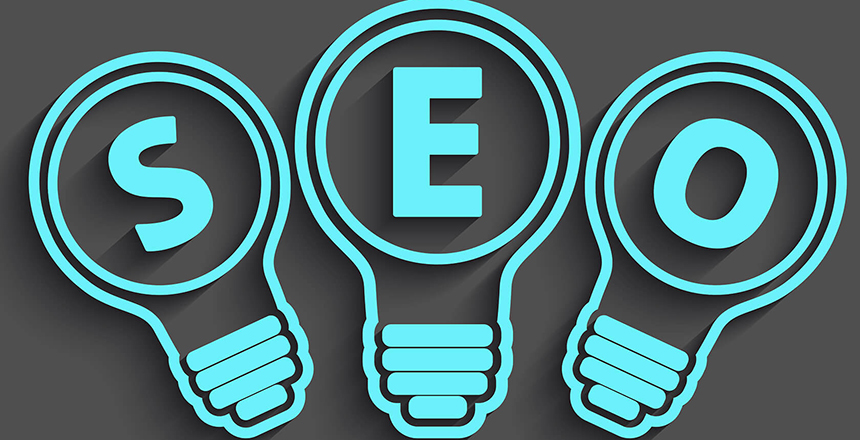You have 0 item in your shopping cart.

When you need to find a particular company, product, or service online, where do you go? In all likelihood, you head straight to the Google search bar. And that’s what all your potential customers are doing, too, so you want to be sure your business is there for them to find.
Search engine optimization (SEO) is the perfect avenue for getting your website to appear in Google search results. All you have to do is optimize your web content to satisfy Google’s ranking algorithms, and you’ll soon have a shot at appearing near the top of the results.
The trick, though, is figuring out exactly what it looks like to satisfy those algorithms. Even if you read up on some SEO tactics you can use, it’s still hard to know what they look like in practice. That’s why we’ve drawn up six SEO examples to help you understand what to optimize.
Long-tail keyword integration
Keywords are one of the most essential components of SEO. By incorporating keywords into your written web content, you can communicate to Google which searches your content is most relevant to, helping it rank for them. Specifically, you should aim for long-tail keywords — that is, those that are several words long. Longer keywords tend to be more specific, meaning you can reach a more relevant audience and face less competition from other businesses.
White space
Visual design is one of the primary contributors to the overall user experience on your website. If your site has a poor appearance, users won’t want to stay on it. And when users keep clicking away, that tells Google to rank you lower.
Visual design is composed of various elements, including everything from color schemes to page structure. But one of the main visual elements on a site is white space.
White space is simply the space on a page that isn’t taken up by text, images, or other visual elements. Imagine the difference between a page completely packed with text and a page broken up into small blurbs and paragraphs. Which would you rather read? Probably the latter.
Compelling title tag and meta description
SEO starts with getting your content ranking in Google, but it doesn’t stop there.
Once your content is ranking, you have to convince users that your site is the result they should click. If you don’t, you won’t stay high in rankings for long since Google will assume your site isn’t valuable to users.
To gain clicks, you need to give each of your pages a compelling title tag and meta description, which together make up the blurb that appears in search results. The title and meta should make it clear what your business is offering and why users should click.
Reputable backlinks
When Google ranks your site, one of the things it considers is how reputable you are. If Google views your site as authoritative in your industry, it will rank you higher — and one of the best ways to seem more reputable is to earn backlinks.
Backlinks are simply where reputable sites in your industry link to your content. When Google sees a known authoritative site linking to you, it assumes you’re authoritative too and ranks you higher.
To earn backlinks, you can look for broken links on reputable sites in your industry and recommend that the site replace them with new links to your content.
Fast page speeds
Did you know that 83% of users expect pages to load in three seconds or less? If your site doesn’t meet this expectation, you’ll have quite a few users bouncing from your site — which will tell Google that your site isn’t useful to them, causing it to rank lower.
To improve your page speeds, you can implement techniques like:
- Compressing images
- Caching web pages
- Limiting redirects
Responsive design
With over 50% of all Internet traffic coming from mobile devices, it’s no surprise that Google’s algorithms prioritize mobile-friendly websites. Without mobile-friendliness, not only will mobile users not stay on your site, but Google will penalize you in rankings.
To stay high in rankings, you should practice responsive design on your site. Responsive design refers to a type of web design where your site changes its layout to fit whatever screen it appears on.



